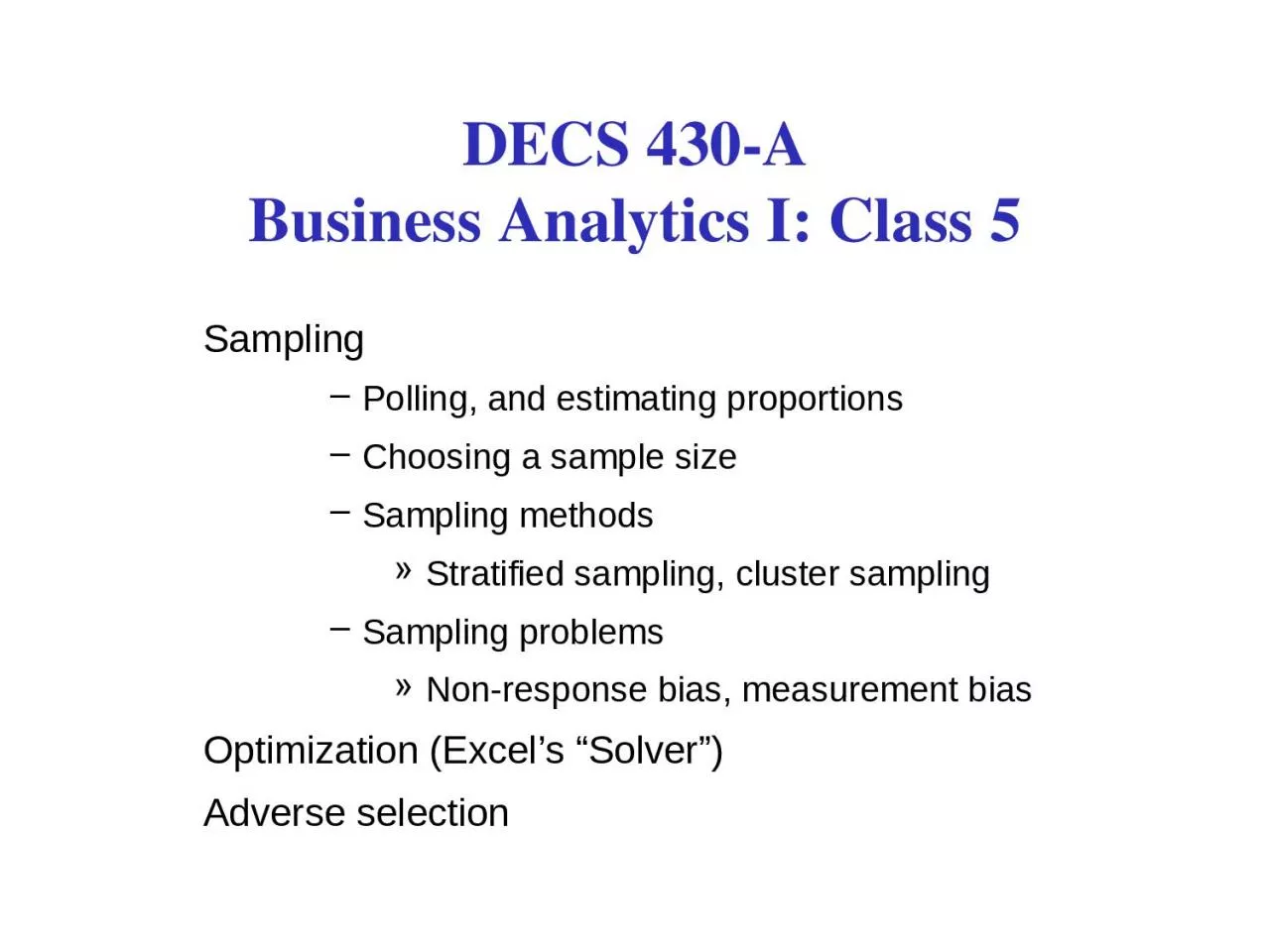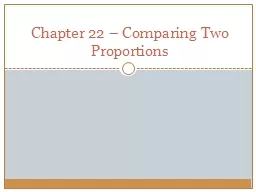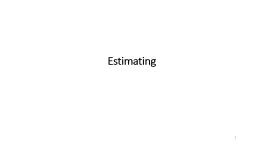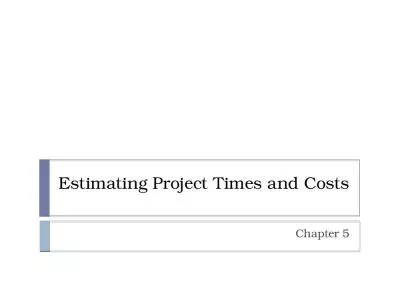PPT-Sampling Polling, and estimating proportions
Author : tabitha | Published Date : 2024-03-13
Choosing a sample size Sampling methods Stratified sampling cluster sampling Sampling problems Nonresponse bias measurement bias Optimization Exce l s Solver Adverse
Presentation Embed Code
Download Presentation
Download Presentation The PPT/PDF document "Sampling Polling, and estimating proport..." is the property of its rightful owner. Permission is granted to download and print the materials on this website for personal, non-commercial use only, and to display it on your personal computer provided you do not modify the materials and that you retain all copyright notices contained in the materials. By downloading content from our website, you accept the terms of this agreement.
Sampling Polling, and estimating proportions: Transcript
Download Rules Of Document
"Sampling Polling, and estimating proportions"The content belongs to its owner. You may download and print it for personal use, without modification, and keep all copyright notices. By downloading, you agree to these terms.
Related Documents














